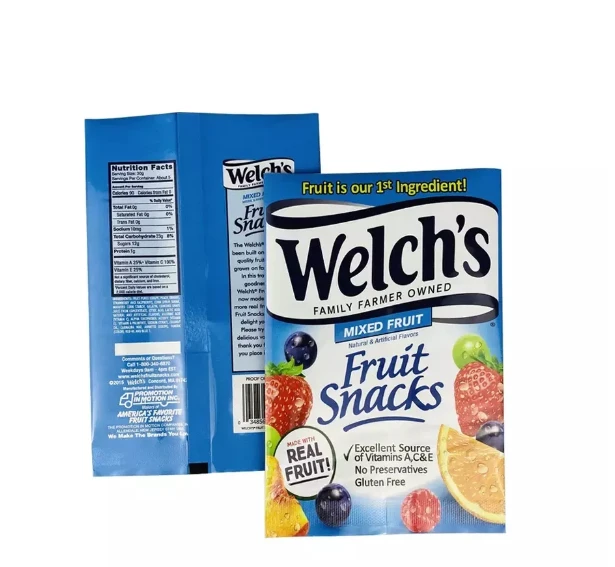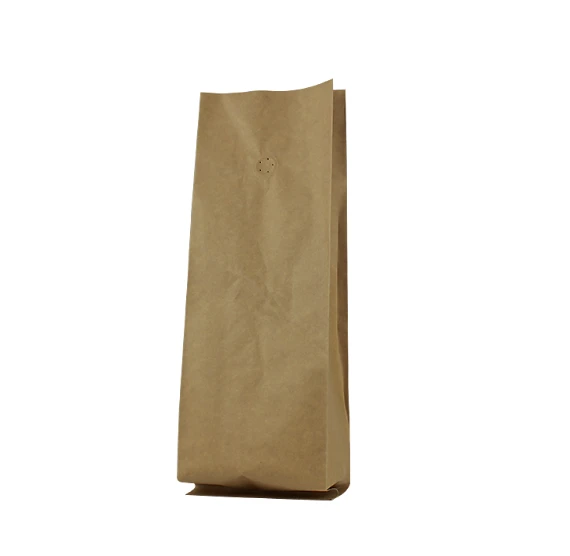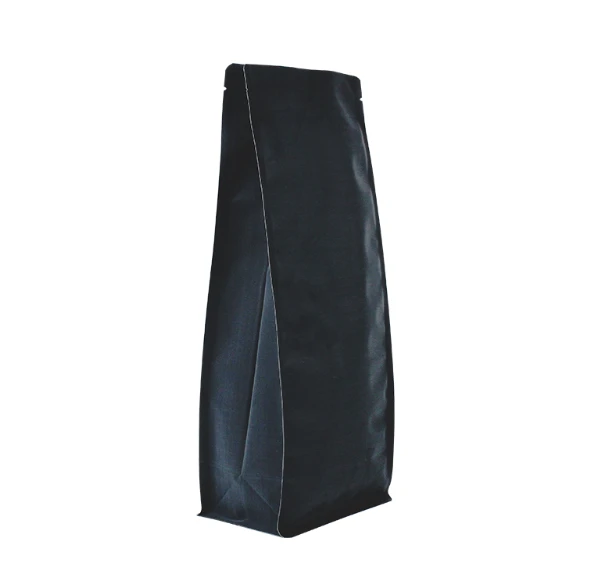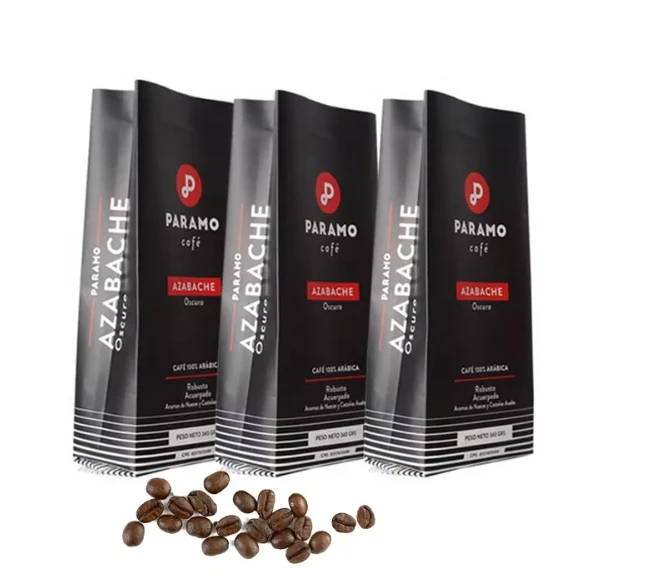- Afrikaans
- Albanian
- Amharic
- Arabic
- Armenian
- Azerbaijani
- Basque
- Belarusian
- Bengali
- Bosnian
- Bulgarian
- Catalan
- Cebuano
- chinese_simplified
- chinese_traditional
- Corsican
- Croatian
- Czech
- Danish
- Dutch
- English
- Esperanto
- Estonian
- Finnish
- French
- Frisian
- Galician
- Georgian
- German
- Greek
- Gujarati
- haitian_creole
- hausa
- hawaiian
- Hebrew
- Hindi
- Miao
- Hungarian
- Icelandic
- igbo
- Indonesian
- irish
- Italian
- Japanese
- Javanese
- Kannada
- kazakh
- Khmer
- Rwandese
- Korean
- Kurdish
- Kyrgyz
- Lao
- Latin
- Latvian
- Lithuanian
- Luxembourgish
- Macedonian
- Malgashi
- Malay
- Malayalam
- Maltese
- Maori
- Marathi
- Mongolian
- Myanmar
- Nepali
- Norwegian
- Norwegian
- Occitan
- Pashto
- Persian
- Polish
- Portuguese
- Punjabi
- Romanian
- Russian
- Samoan
- scottish-gaelic
- Serbian
- Sesotho
- Shona
- Sindhi
- Sinhala
- Slovak
- Slovenian
- Somali
- Spanish
- Sundanese
- Swahili
- Swedish
- Tagalog
- Tajik
- Tamil
- Tatar
- Telugu
- Thai
- Turkish
- Turkmen
- Ukrainian
- Urdu
- Uighur
- Uzbek
- Vietnamese
- Welsh
- Bantu
- Yiddish
- Yoruba
- Zulu
edible packet
The Rise of Edible Packaging A Sustainable Alternative
In recent years, the wave of environmental consciousness has swept across the globe, prompting individuals and industries alike to seek more sustainable solutions to the pressing issues of waste and pollution. One innovative approach that has garnered significant attention is edible packaging, which offers a dual benefit it not only serves as a container for food but can also be consumed, thus drastically reducing waste. The concept of edible packaging is not entirely new, as various cultures have used edible materials for centuries, but advancements in technology and a growing demand for eco-friendly alternatives have caused a resurgence in its development and application.
What is Edible Packaging?
Edible packaging refers to materials that can be safely eaten and are designed to encase or wrap food products. These materials can be made from a variety of substances, including natural polymers such as proteins, carbohydrates, and lipids. Common examples include seaweed, rice paper, and starch-based films. In recent innovations, even byproducts from food processing, like fruit peels or whey, are being repurposed into edible wrappers. The goal is to create a packaging solution that not only protects food but also contributes to a circular economy by minimizing waste.
The Environmental Impact
The environmental implications of edible packaging are significant. Traditional packaging materials, particularly plastics, have been a central concern due to their long degradation times and the adverse effects they have on ecosystems. It is estimated that over 300 million tons of plastic are produced globally each year, with a large percentage ending up in landfills and oceans. Edible packaging offers a promising solution to mitigate this crisis. By integrating packaging into the food consumption process, we can reduce the reliance on non-biodegradable materials and encourage a more sustainable approach to product delivery.
Moreover, the production of edible packaging can often use fewer natural resources compared to traditional packaging materials. For instance, many edible packaging solutions are derived from agricultural waste, turning what would typically be discarded into valuable products. This not only helps reduce waste but also minimizes the carbon footprint associated with shipping and processing standard packaging.
edible packet

Consumer Acceptance and Challenges
Despite its numerous advantages, the success of edible packaging hinges on consumer acceptance. The idea of consuming packaging material can be off-putting to some, raising questions about safety, taste, and texture. However, as innovative designs are developed and public awareness of sustainability issues grows, acceptance is likely to increase. Companies are tapping into the health-conscious and environmentally aware demographic by promoting edible packaging as not only a functional solution but also a gourmet experience. Edible wrappers infused with flavors and nutrients add an exciting dimension to the food-drinking experience.
Nonetheless, challenges remain. Scalability and cost-effectiveness are vital factors that need to be addressed before edible packaging can become a mainstream solution. Research and development are ongoing to improve the overall properties of these materials, such as their shelf-life, barrier capabilities against moisture and oxygen, and how they react to different temperatures. Regulatory hurdles must also be navigated, as food safety standards will play a crucial role in the widespread adoption of edible packaging.
Looking Forward
As technology continues to evolve, the future of edible packaging looks promising. Large corporations and start-ups are investing in research to discover new materials and methods to enhance the effectiveness and appeal of edible packaging. Partnerships between food manufacturers, packaging companies, and environmental organizations are fostering innovation and driving the push towards more sustainable practices.
In conclusion, edible packaging presents a fascinating opportunity to rethink the way we package and consume food. Addressing the challenges of waste and sustainability is crucial in today's society. As we move forward, the integration of edible packaging could very well become a significant step towards a more sustainable future, where food and its packaging coexist harmoniously, contributing positively to both our health and the planet.













